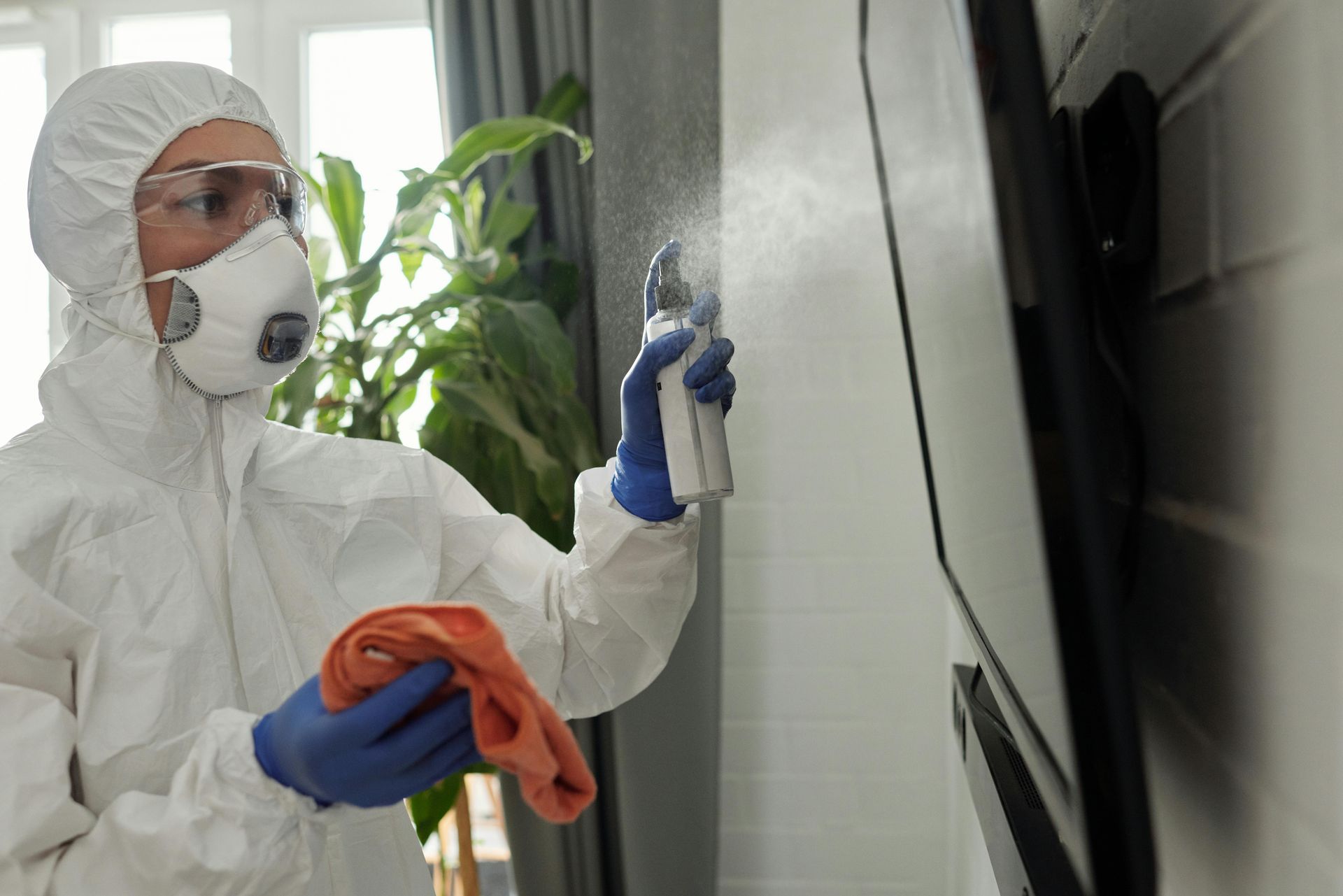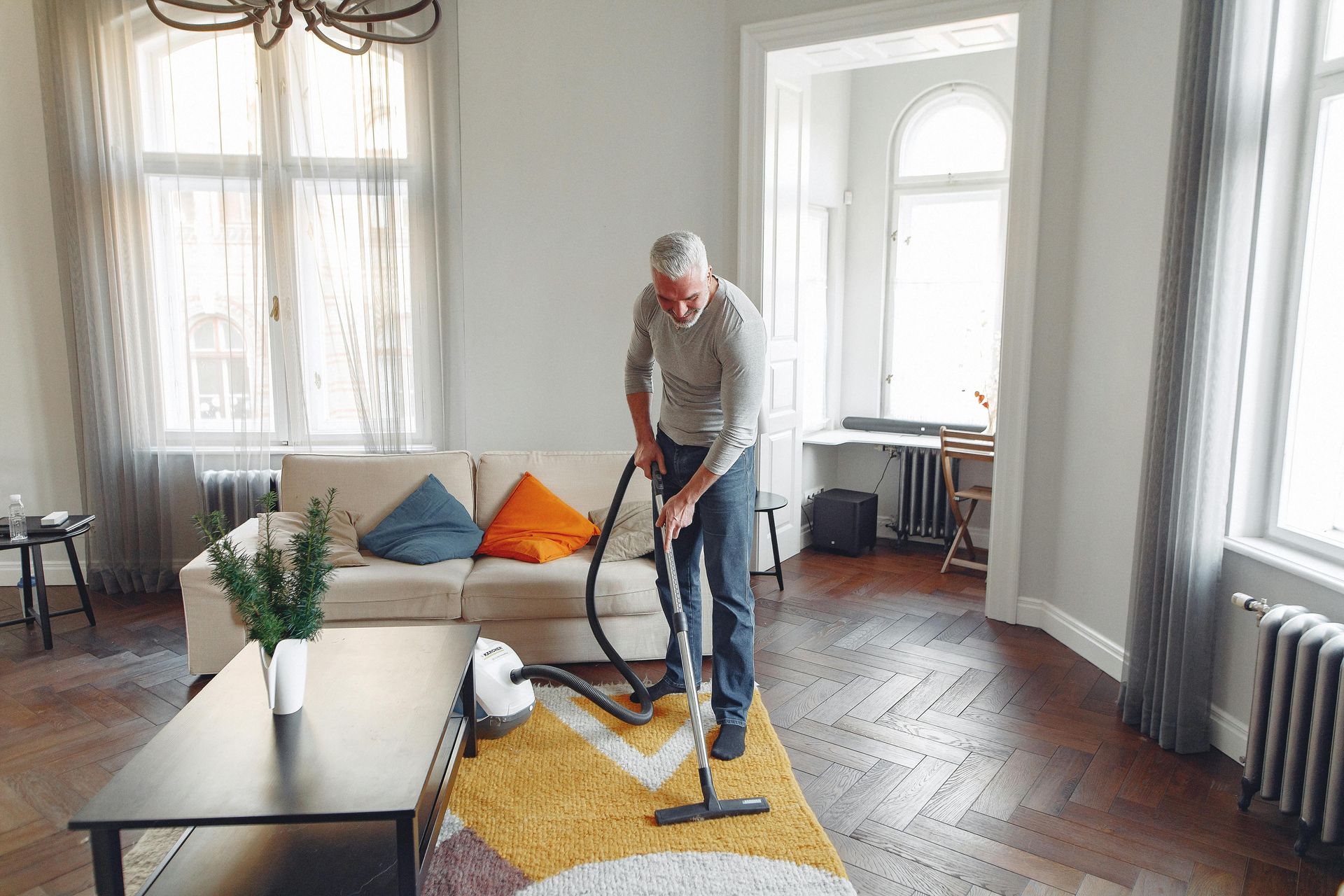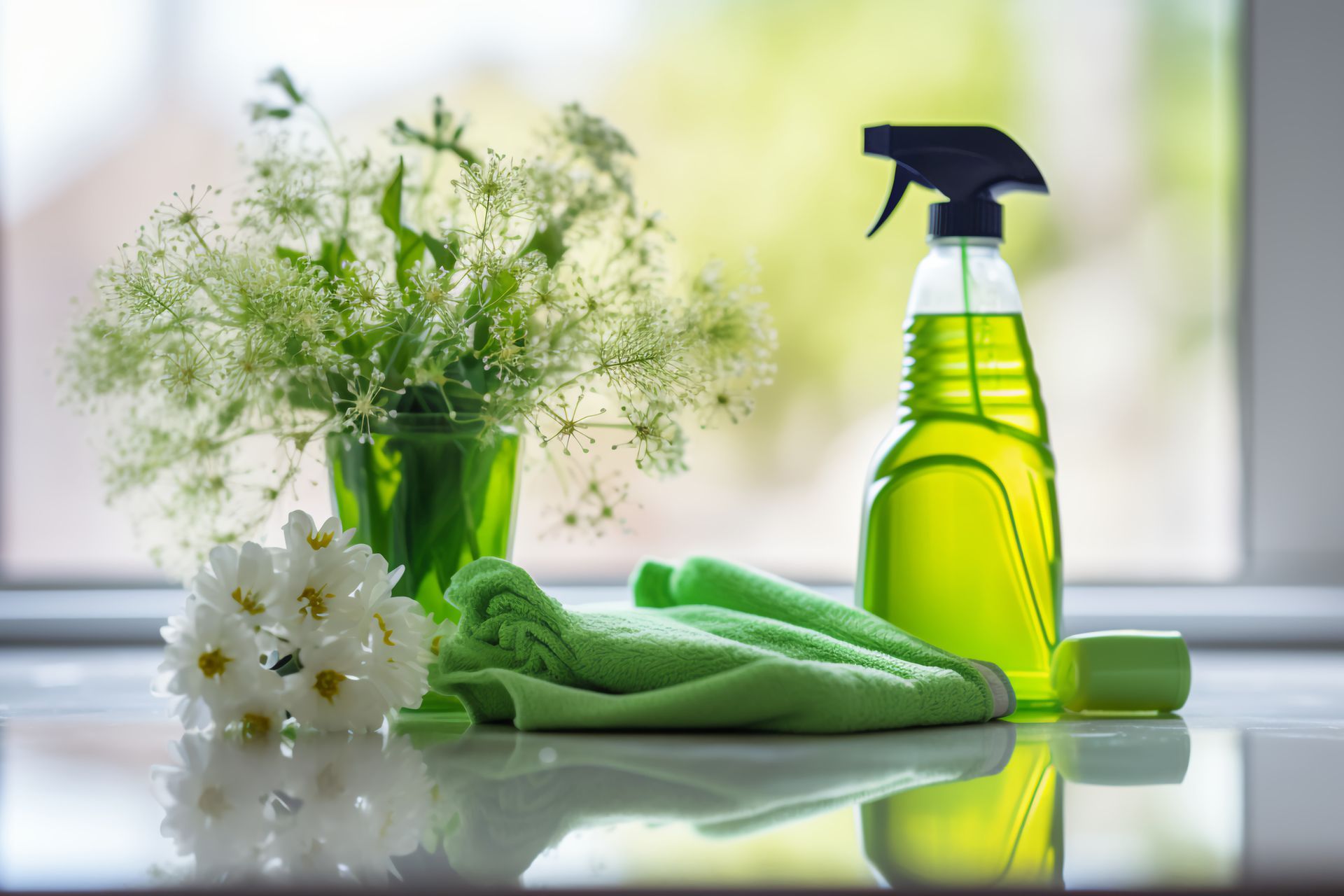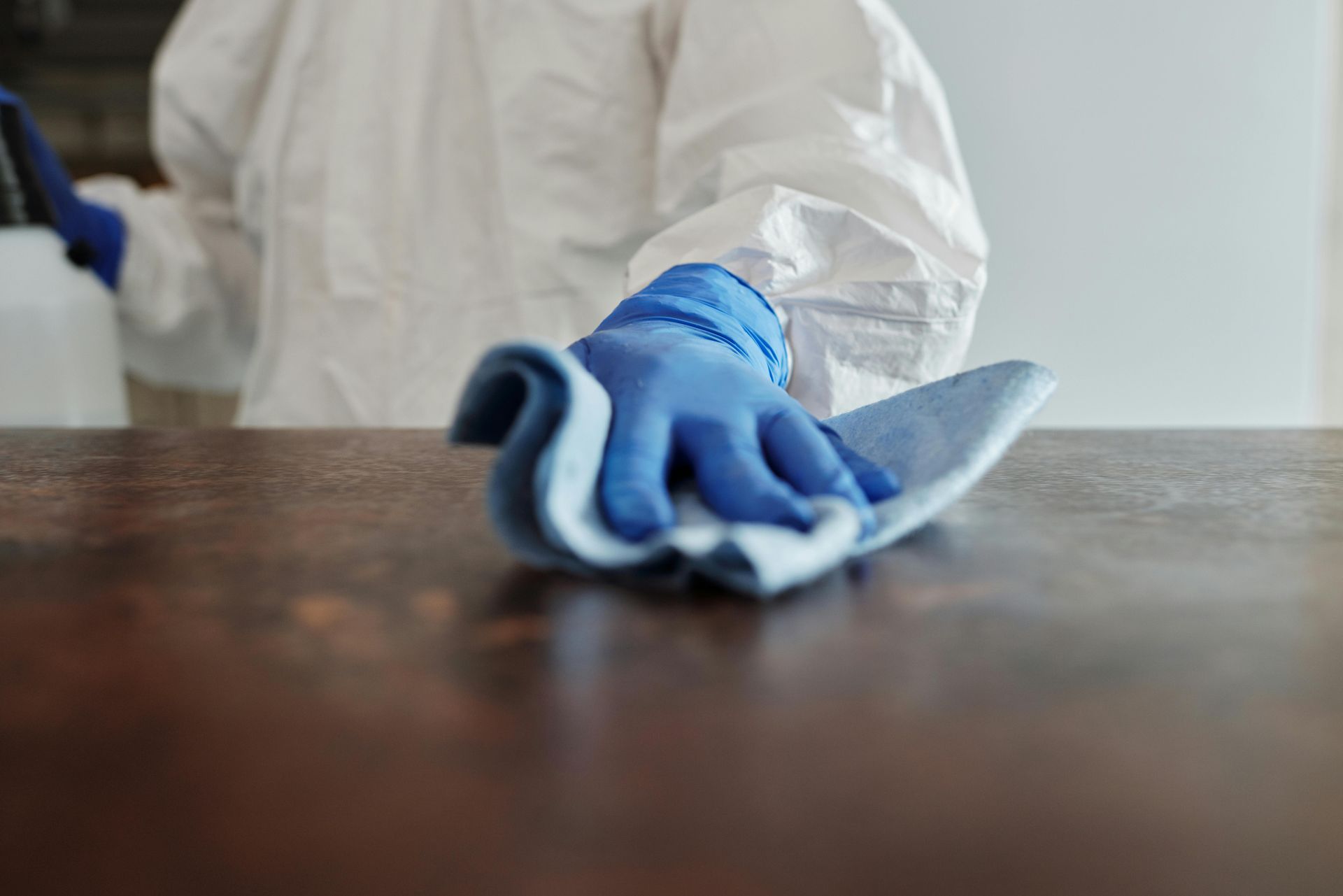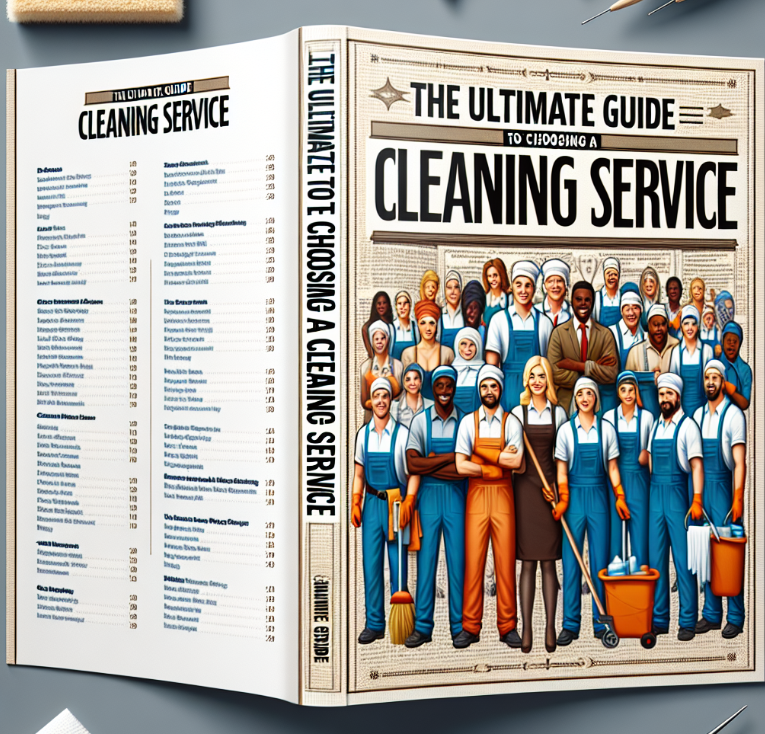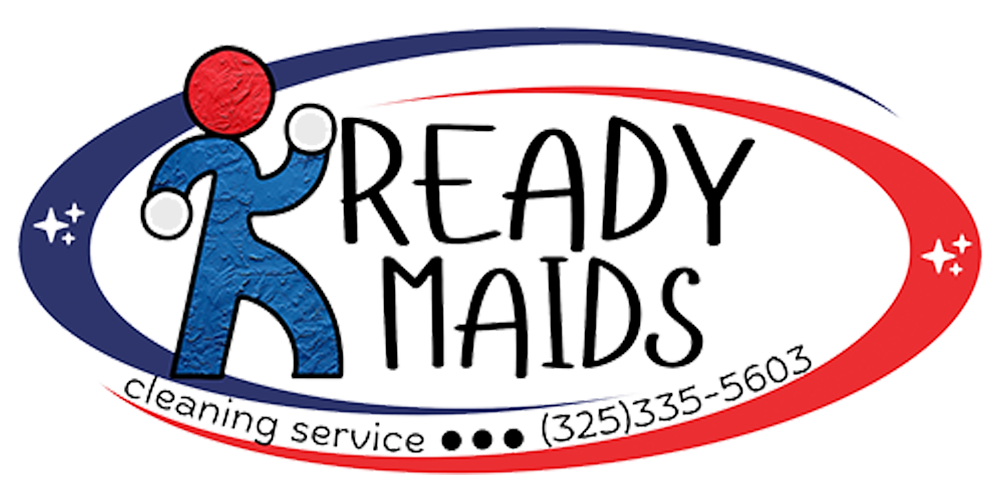Implementing Effective Strategies to Combat Cross-Contamination
Preventing cross-contamination is crucial in any setting where hygiene is important, whether it's a kitchen, a healthcare facility, or even an office. Implementing effective strategies to combat cross-contamination involves identifying potential sources of contamination and taking steps to prevent their spread. By understanding how germs can be transmitted and implementing simple yet impactful measures, businesses and individuals can create safer and healthier environments.
Understanding Cross-Contamination
Cross-contamination refers to the unintentional transfer of pathogens such as bacteria, viruses, and fungi from one surface, object, or person to another, potentially leading to the spread of disease. This inadvertent transfer can occur in various environments, significantly impacting both residential and commercial settings. By understanding what cross-contamination is and how it happens, it becomes easier to adopt measures that effectively minimize risks associated with these hazardous transfers.
In residential settings, cross-contamination can occur through daily activities such as cooking, cleaning, and even through interactions between family members and pets. A common example is the transfer of bacteria from raw meat to surfaces in the kitchen that come into contact with other food items. In commercial environments, especially where food preparation or health services are involved, the stakes are even higher. Healthcare facilities and restaurants are particular hotspots for cross-contamination, given the nature of their operations and the high standards of hygiene they are required to maintain.
The Risks Associated With Cross-Contamination are Significant
Harmful microorganisms like Salmonella, E. coli, and influenza viruses can be spread through cross-contamination, leading to diseases that may range in severity. This makes understanding and preventing cross-contamination essential, particularly in areas where the potential for such spread is high. Preventing the spread of pathogens through cross-contamination involves stringent cleaning and disinfection practices. In healthcare facilities, this means adhering to protocols that prevent the transfer of germs between patients, surfaces, and medical equipment. For restaurants, it involves not only the careful handling and preparation of food but also the regular and thorough cleaning of all surfaces, utensils, and equipment. In homes, it involves adopting good hygiene practices, such as regular hand washing, proper food handling, and the disinfection of frequently touched surfaces.
Understanding and addressing the challenges of cross-contamination is critical in maintaining a safe environment in both homes and professional settings. By acknowledging the environments most at risk and emphasizing the importance of effective cleaning and disinfection practices, it is possible to significantly reduce the risks posed by harmful pathogens.
Strategies for Preventing Cross-Contamination
To mitigate the risks associated with cross-contamination during cleaning processes, several strategic measures can be implemented across different environments. These strategies not only protect against the spread of pathogens but also ensure that cleaning practices adhere to the highest standards of hygiene and safety.
The Importance of Using Color-Coded Cleaning Supplies
One of the most effective strategies is the use of color-coded cleaning supplies. This system involves designating specific colors of cleaning tools and products for certain areas or tasks. For example, red could be used for high-risk areas such as toilets and bathroom floors, whereas blue might be for general office or low-risk areas. This method significantly reduces the risk of spreading contaminants from one area to another, ensuring that cleaning tools do not become sources of cross-contamination themselves.
Adoption of Microfiber Cleaning Products
The use of microfiber cleaning products is another key strategy in preventing cross-contamination. Microfiber cloths and mops are superior to traditional cleaning materials due to their ability to trap and remove pathogens more effectively. Their dense construction allows microfiber products to capture microbes and hold them, reducing the transfer of contaminants across surfaces. Microfiber materials can be used with less water and chemicals, promoting a more environmentally friendly approach to cleaning.
Implementing Strict Cleaning Protocols
Establishing and adhering to strict cleaning protocols is crucial in preventing cross-contamination. These protocols should detail the correct techniques and processes for cleaning and disinfecting different surfaces and spaces, tailored to the specific needs of each environment. This includes using the right cleaning agents, following the manufacturer's instructions for dwell time, and the correct procedure for disposing of used materials.
Regular Training for Cleaning Staff
Ensuring that cleaning staff undergo regular training is fundamental to maintaining high standards of cleanliness and hygiene. This training should cover the latest cleaning and disinfection practices, as well as any updates on protocols to prevent cross-contamination. Educated and well-informed cleaning personnel are better equipped to implement effective cleaning strategies, significantly reducing the risk of spreading pathogens.
Use of Environmental Protection Agency (EPA)-registered Disinfectants
Finally, the selection of cleaning agents is critical, with a preference for Environmental Protection Agency (EPA)-registered disinfectants known to be effective against a broad spectrum of pathogens. Using EPA-registered disinfectants as per the guidelines ensures that harmful bacteria and viruses are effectively eliminated, further mitigating the risks associated with cross-contamination. By adopting these strategies, organizations and individuals can significantly lower the risks of cross-contamination, ensuring cleaner, safer environments for everyone.
Case Studies and Industry Insights
The fight against cross-contamination in cleaning processes is ongoing, with lessons learned from both success stories and cautionary tales. Through real-world case studies and industry insights, the importance of stringent contamination prevention strategies becomes evident, showcasing practical applications and their impacts on health and safety.
Healthcare Success Stories
One notable example comes from a healthcare facility that experienced a significant decrease in Hospital-acquired Infections (HAIs) by implementing a robust cleaning protocol, including the use of color-coded microfiber cloths and mops. The establishment also invested in regular, comprehensive training sessions for its cleaning staff, ensuring adherence to best practices. This approach not only heightened cleanliness but also played a pivotal role in improving patient outcomes.
Restaurant Revamps Cleaning Protocol
In the food service sector, a restaurant was able to rebound from a foodborne illness outbreak by overhauling its cleaning and sanitation procedures. The introduction of color-coded cleaning tools for different areas of the restaurant, coupled with the use of EPA-registered disinfectants, marked a turning point. Better training for staff on these new procedures sealed the deal, helping to restore customer trust and prevent future incidents.
Expert Opinions on Best Practices
Industry experts emphasize the necessity of a holistic approach to prevent cross-contamination. This includes adopting the latest innovations in cleaning technology, such as electrostatic sprayers for disinfectants, which ensure a more even and comprehensive coverage on surfaces. Experts also point to the importance of a top-down commitment from management to establishing a culture of cleanliness, where every staff member feels responsible for maintaining high standards of hygiene. The Centers for Disease Control and Prevention (CDC) offers guidelines on environmental cleaning and disinfection, highlighting best practices that have been fine-tuned through years of research and real-world application.
According to the CDC,
effective cleaning and disinfection practices are key components of infection control strategies in both healthcare and community settings. Through these case studies and insights, it's clear that preventing cross-contamination requires a combination of the right tools, technologies, and training. Implementing color-coded systems, choosing appropriate cleaning materials, adhering to strict protocols, and ongoing education for cleaning staff are all critical steps in this process. These practices, underpinned by guidance from authoritative bodies like the EPA and CDC, form the cornerstone of effective contamination prevention strategies, safeguarding public health and ensuring the safety of our environments.
Ready to ensure a safer, healthier environment for yourself, your family, or your business? For expert assistance and guidance,
reach out to Ready Maids Cleaning Service.
